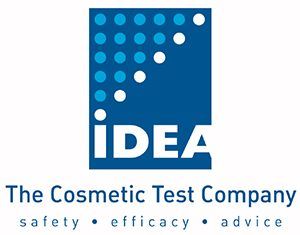Production of non-sterile products requires careful bioburden control and risk assessment. Susan Birks reports from the Pharmig Conference in Oxford, on the new rapid tools and the challenges they bring.
Like other sectors, the personal care product manufacturing industry is under increasing pressure to do more with less. Growing economic constraints are putting pressure on raw material and production costs; stricter regulatory and legislative measures for non-sterile manufacturing are being introduced; and meanwhile consumers are looking for natural products that are safe, made in a sustainable way, but with a long shelf life.
These pressures have particular significance for the microbiologist, whose role is to ensure that products are safe and of the right quality. The recent contamination control conference organised by Pharmig for the personal care industry covered many of the new challenges facing those tasked with controlling bioburden, and offered best practice advice from the industry experts. It also addressed some interesting questions in terms of how best to apply the new rapid microbiological methods being adopted by both companies and legislators.
The main role of the microbiologist was encapsulated by keynote speaker and a principal scientist at P&G UK, Dr Kevin Wright: “We have to know the bioburden coming in from raw materials, the bioburden that we are managing [during manufacture], and the bioburden going out in the product.”
Within this process, materials and products are tested to ensure that known pathogens – E.coli, P. aeruginosa, etc – are absent, which is usually a straightforward task. But when an unknown microbe comes up during sampling, it has to be identified; the microbiologist then has to produce a biosafety level for it by finding out what infections it is associated with and the infectious dose. Often, the latter is achieved through a judicious search on Google.
The dilemma facing today’s microbiologists is that the latest microbial detection equipment will flag up anything and everything in a product, said Wright, which then has to be identified and risk assessed, creating a considerable amount of work and data that has to be managed, and which may lead to unnecessary product recalls.

